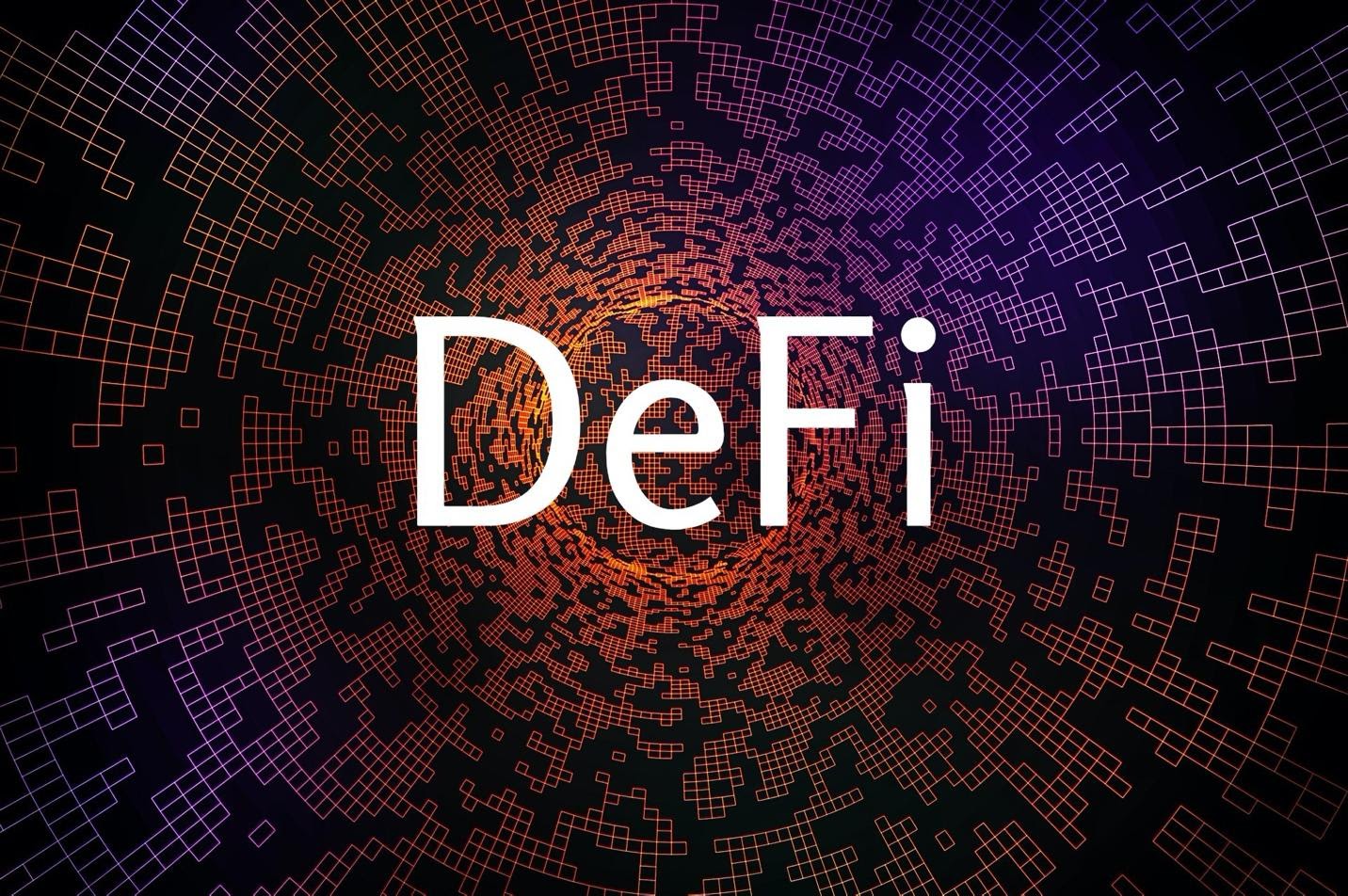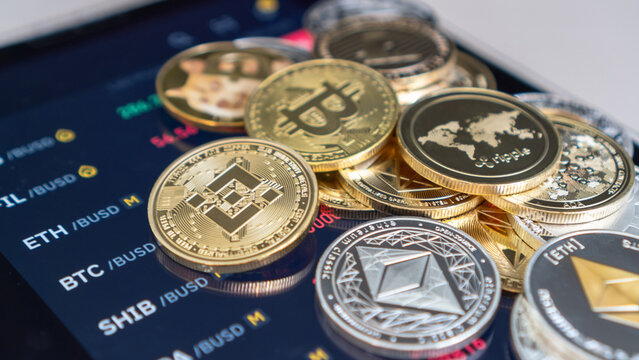As the term suggests, decentralized finance is the rapidly growing field of decentralized financial tools and platforms — many of which provide access to crucial services that are scarcely available in many regions. As a rapidly growing industry, the DeFi landscape is iterating at a pace that few can keep up with — with increasingly novel applications and products seemingly emerging on a daily basis. But amidst the mania, several trends are beginning to emerge in the DeFi space, which looks likely to set the tone of what lies ahead.
Real-World Value
Until only recently, decentralized finance was the domain of cryptocurrencies and tokens (both fungible and non-fungible). Beyond simple links to the world of traditional finance (TradFi) through oracle services and fiat to cryptocurrency gateways, there was little connection between DeFi and TradFi. But that’s beginning to change as a number of promising upstarts look to bridge the two financial spheres to produce a range of ever-more capable DeFi applications.
Among these, BondAppétit is emerging as an innovator. The platform offers a USD-pegged stablecoin that is backed by real-world debt instruments that generate a fixed income. The stablecoin, known as Appetite USD (or USDap), is unique in that has liquidity pools supported by real cash flow — ensuring users are safe in the knowledge that their funds are backed by more than simple dollars depreciating in a custodial account somewhere.
Though cryptocurrencies can be valuable due to their scarcity, utility, collectability, and myriad other reasons, retail investors, firms, and governments are accustomed to more traditional financial instruments. By bridging these to the blockchain through a range of novel DeFi applications, we may open it up to more legacy financial players — which have the capabilities to help it expand to the masses.
Composability in DeFi
Composability has become somewhat of a buzzword lately. Without getting into too much detail, it’s the property that allows different DeFi applications, products, tools, and services to be connected to form more elaborate application networks — which can achieve more than any single application operating alone.
It’s also becoming a major focus of both newer and established DeFi applications, which look to stack with other applications to offer additional functionality to users and explore increasingly innovative use cases. Being decentralized, users can leverage the capabilities of multiple DeFi applications in tandem to do more with their cryptocurrencies — maximizing their yields, boosting security, and managing their assets in ways that were previously not possible.
Because of this, DeFi is becoming more like world traditional finance services, in that using one service (e.g. PayPal) automatically opens access to dozens of others — such as e-commerce, personal payments, online insurance services, and more. This has the knock-on effect of both reducing exclusivity and increasing utility for users of all the services involved in a DeFi application stack.
All in all, it makes the cryptocurrency industry more accessible and intuitive to get around.
Now, there are numerous platforms building composability into their modus operandi — including Kira, a blockchain that lets users stake assets from a wide range of other blockchains; and Premia — a platform that allows users to create and trade options for a range of supported cryptocurrencies as Lego-like ERC1155 tokens, which can be used in external DeFi apps.
KIRA is building a cross-chain #DeFi ecosystem, providing trustless services like liquid staking, trading, crowdfunding, and more.
The network is secured by the Multi-Bonded PoS consensus, where security increases with every new token deposited and staked.
Public Testnet soon
— KIRA Network (@kira_core) March 19, 2021
Security Is Coming into Focus
The cryptocurrency industry is built on the premise of security and self-sovereignty above all else — it’s the reason why cryptocurrencies like Bitcoin (BTC), Monero (XMR), and Terra (LUNA) have achieved such astounding success.
But though the technicalities of keeping a blockchain secure largely rely on the strength in numbers approach offered by battle-tested consensus mechanisms like Proof-of-Work (POW) and Proof-of-Stake (POS), the security of DeFi applications also relies on the integrity of the underlying code — which can vary considerably in its scope and effectiveness.

As a result of this variability, a number of poorly secured DeFi applications have been exploited in the last six months, including PAID Network, Dodo, and Pickle Finance — all of which suffered multi-million dollar losses as a result. The culprit? Poor code (in most cases).
However, for the industry to grow stronger, an example must always be made of platforms that don’t go far enough to secure users or their funds. The failure (and potential recovery) of these platforms then sets the tone for other innovators — who know to buckle down and prioritize security prior to launch, rather than leaving it as an afterthought.
Thankfully, the pace of such attacks has slowed markedly in 2021, as users demand proper code review, extensive security audits, and real purpose before using new applications.











